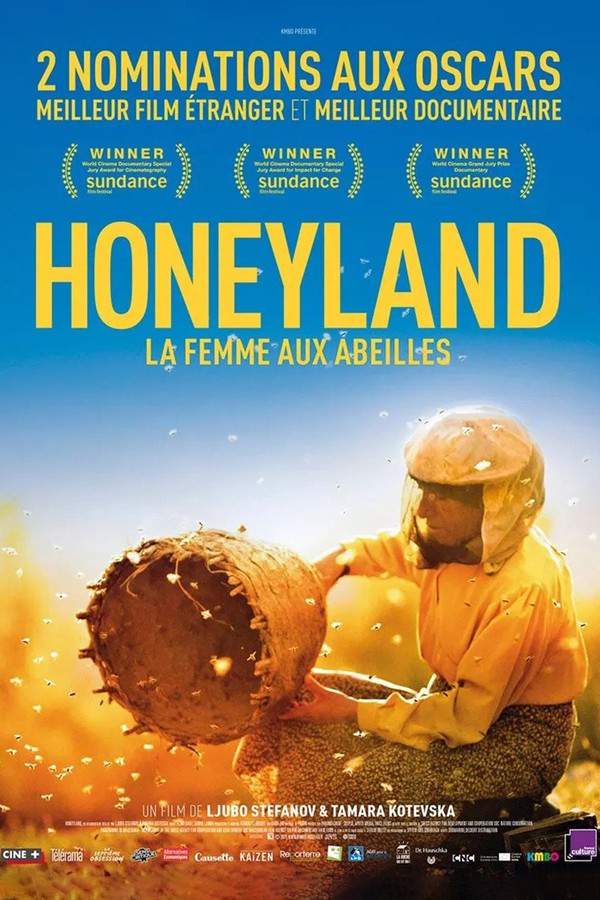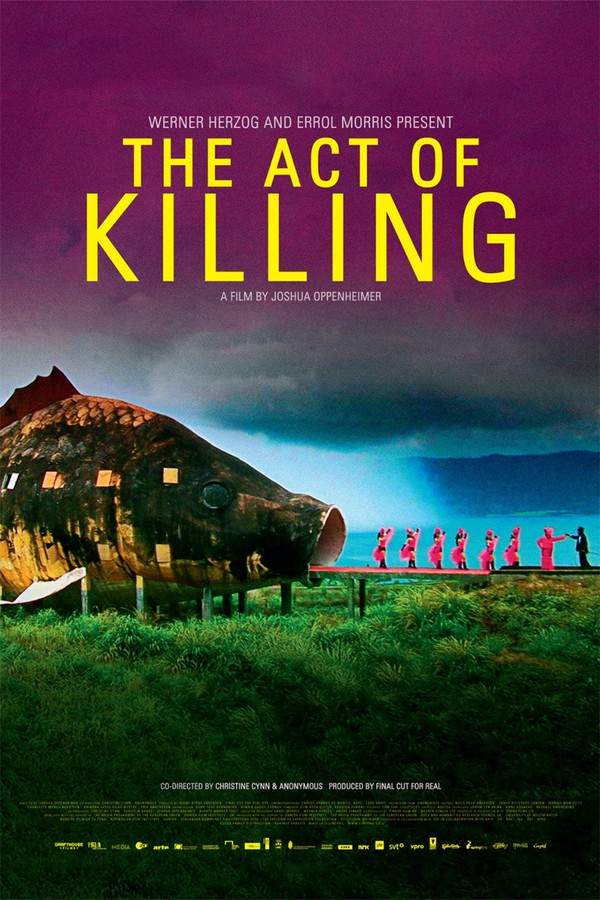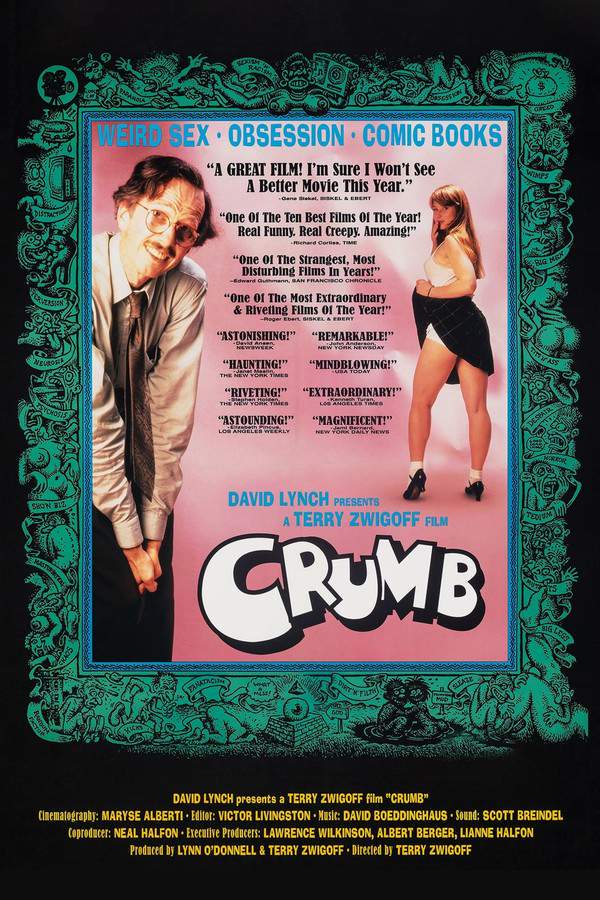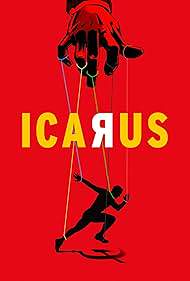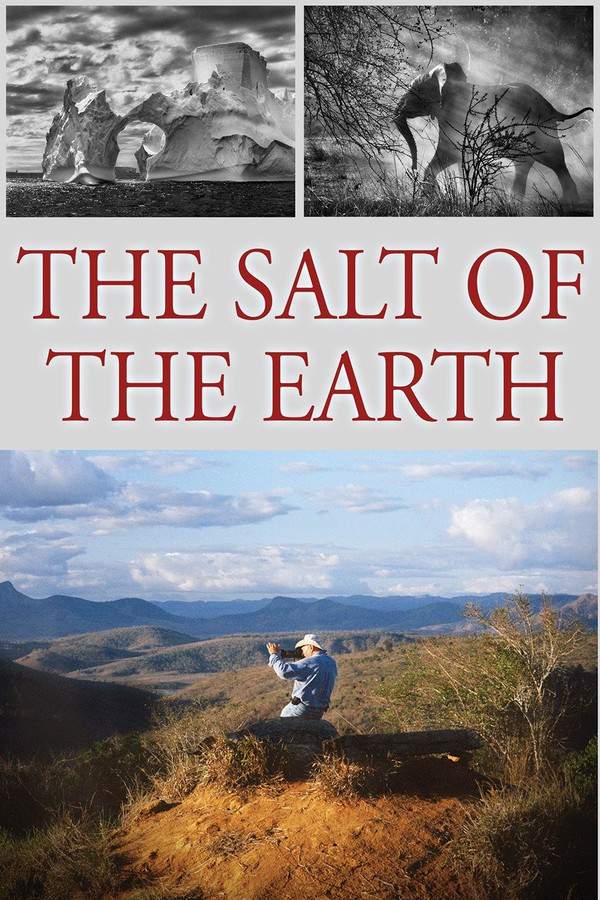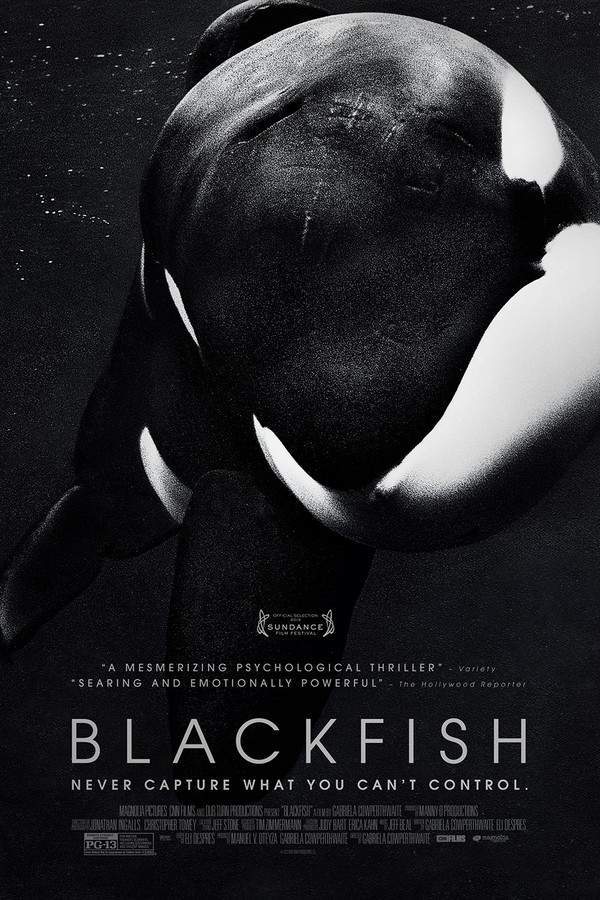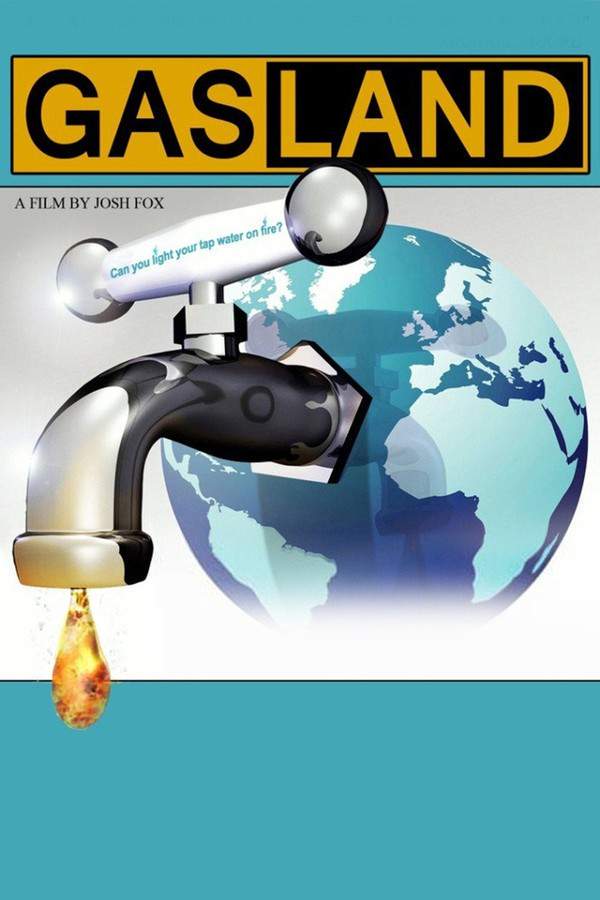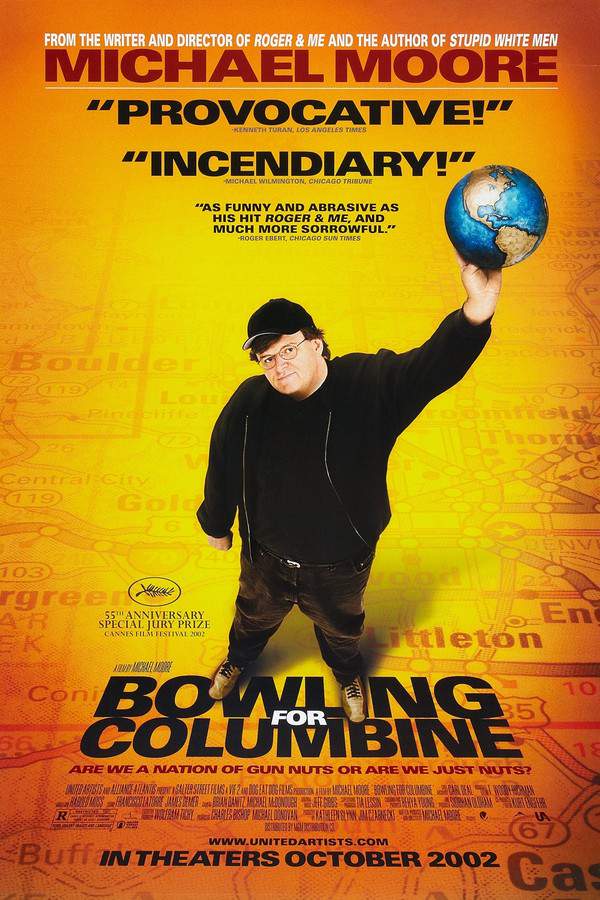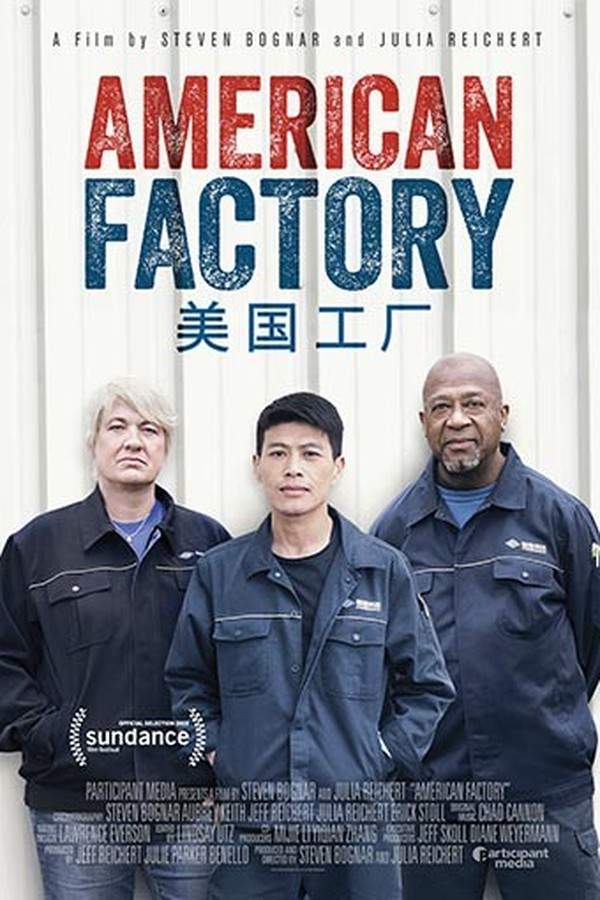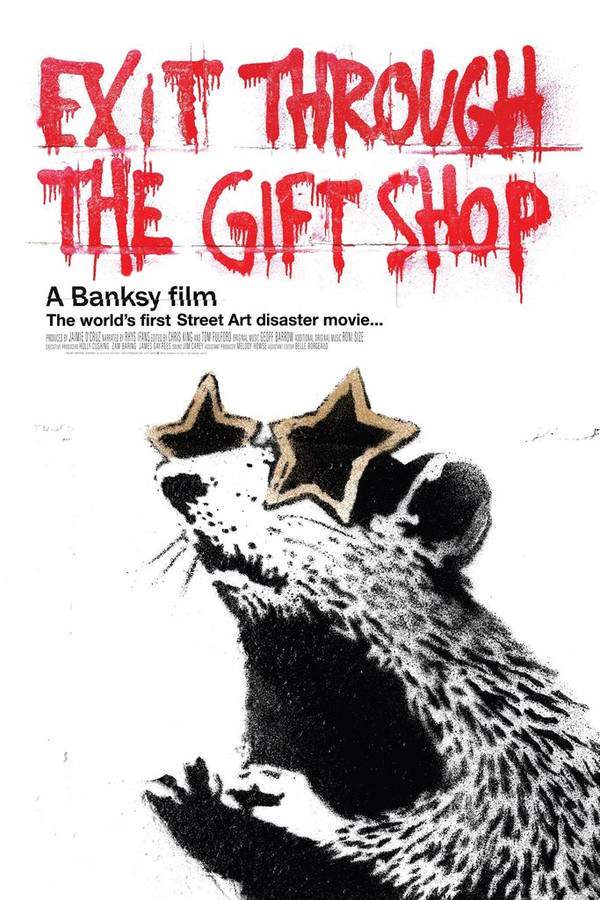What's After the Blog?
Independent Films
The World of Independent Documentaries
Delve into the captivating world of independent documentaries, where bold storytelling, unique perspectives, and innovative filmmaking techniques come together to illuminate diverse global narratives.
April 30, 2024

Movies mentioned in this article
The World of Independent Documentaries
Introduction
Independent documentaries, often characterized by their creative autonomy and personal storytelling, hold a unique place in the world of cinema. These films, typically produced outside the major studio system, offer a raw and unfiltered look at a wide array of subjects, from intimate personal stories to sweeping social issues. Unlike mainstream documentaries, which might be constrained by commercial pressures or conventional narratives, indie documentaries thrive on their ability to explore unconventional topics with a deep, often personal touch. They provide a platform for voices that might otherwise go unheard, presenting narratives that challenge, educate, and inspire. Films like Honeyland and The Act of Killing exemplify the power of indie documentaries to not only inform but also evoke strong emotional responses and provoke thought.
In the world of independent documentaries, the filmmaker’s vision is paramount. These films often reflect the director’s personal perspective, whether it’s exploring a social issue, uncovering hidden stories, or presenting a unique artistic expression. This creative freedom allows for innovative storytelling techniques, which can range from the use of guerrilla-style filmmaking in Tarnation to the blending of animation and live-action in Waltz with Bashir. Independent documentaries have the power to connect with audiences on a deeply personal level, providing insights into the human experience that are both universal and profoundly specific.
The Rise of Independent Documentaries
The rise of independent documentaries can be traced back to the advent of more affordable filming equipment and the democratization of film production. With the introduction of portable cameras and more accessible editing software, filmmaking became possible for a broader range of artists and storytellers. This technological shift paved the way for a new generation of filmmakers to bring their visions to life, leading to a surge in indie documentary production. Early pioneers of this movement include films like Grey Gardens and Crumb, which broke away from traditional documentary styles and embraced a more personal and exploratory approach.
Independent documentaries have also benefitted from the rise of film festivals and digital platforms, which have provided vital avenues for distribution and audience engagement. Festivals like Sundance and SXSW have become crucial in showcasing and celebrating indie documentaries, offering filmmakers a platform to reach a wider audience and gain recognition. Additionally, streaming services like Netflix and Hulu have made these documentaries more accessible to global audiences, allowing these powerful stories to resonate and connect with viewers around the world. Films like Icarus and 13th, for instance, have reached a wide audience and garnered critical acclaim through these platforms. The growth of indie documentaries is a testament to the power of film as a medium for storytelling, offering diverse perspectives and deepening our understanding of the world.
”What makes independent documentaries unique?”
Independent documentaries stand out due to their distinctive storytelling approach, often driven by a deeply personal or investigative perspective. Unlike their mainstream counterparts, which may follow a more structured and polished format, indie documentaries are known for their raw and authentic narrative style. This authenticity allows filmmakers to delve deeply into their subjects, creating a more engaging and immersive experience for the audience. Films like The Salt of the Earth and Faces Places exemplify this, offering intimate glimpses into lives and cultures with a sincerity that’s rare in more commercially-driven works.
The uniqueness of indie documentaries also lies in their ability to explore niche or underrepresented topics. Without the constraints of mainstream marketability, filmmakers have the freedom to tackle complex, controversial, or overlooked subjects. This often leads to groundbreaking films that challenge societal norms and provoke discussion. For example, Blackfish brought significant attention to the ethics of animal captivity, while Gasland played a crucial role in raising awareness about hydraulic fracturing and its environmental impact. These documentaries not only inform and educate but also serve as catalysts for change, highlighting the influential power of independent filmmaking.
Tackling Social and Political Issues
One of the most significant roles of independent documentaries is their capacity to address social and political issues, often bringing to light stories that are ignored or suppressed in mainstream media. These films provide a platform for marginalized voices and shed light on critical issues, ranging from human rights abuses to environmental crises. Documentaries like An Inconvenient Truth have had a profound impact on public awareness and discourse surrounding climate change, while The Invisible War exposed the epidemic of sexual assault in the U.S. military, leading to policy changes.
Indie documentaries not only inform viewers about important issues but also often inspire action and advocacy. Through compelling storytelling and powerful imagery, they have the ability to move audiences and mobilize support for causes. Films like Bowling for Columbine and Super Size Me not only sparked public debate but also influenced legislation and consumer behavior. By tackling social and political issues head-on, independent documentaries play a crucial role in shaping public opinion and driving social change.
Challenges Faced by Indie Documentary Filmmakers
Creating an independent documentary is fraught with challenges, from funding hurdles to distribution obstacles. Unlike mainstream productions, indie filmmakers often work with limited budgets, relying on grants, crowdfunding, or personal savings to finance their projects. This financial constraint can impact various aspects of filmmaking, from the quality of equipment used to the duration and scope of the shooting schedule. Documentaries like American Factory, which delve into complex socio-economic issues, exemplify the determination of filmmakers to tell important stories despite financial limitations.
Distribution and visibility pose another significant challenge for indie documentaries. Without the backing of major studios, filmmakers must often become their own promoters, navigating film festival circuits and seeking partnerships with streaming platforms or independent theaters. The success of Exit Through the Gift Shop, a film that gained traction through word of mouth and festival screenings, highlights the potential of grassroots marketing efforts. Additionally, the shift towards digital streaming platforms has opened new avenues for indie documentaries to reach global audiences, as seen with The Square, which found widespread viewership through online distribution.
”How do independent documentaries reach their audience?”
The landscape of indie documentary distribution and viewership has evolved significantly with the advent of digital technology. Film festivals remain a vital platform for indie documentaries to gain exposure, with events like the Sundance Film Festival and Hot Docs providing opportunities for filmmakers to showcase their work and connect with distributors. Additionally, streaming services like Netflix, Amazon Prime, and Hulu have become key players in the distribution of indie documentaries, offering a wider audience reach and more diverse content than traditional theatrical releases.
Social media and digital marketing have also become indispensable tools for indie filmmakers. Platforms like YouTube, Vimeo, and social media networks allow filmmakers to promote their documentaries directly to potential viewers, engage with audiences, and build a following for their work. The success of documentaries like Kony 2012, which went viral on social media, demonstrates the power of digital platforms in amplifying the reach of independent films. As the digital landscape continues to evolve, it provides indie documentary filmmakers with innovative ways to connect with audiences and share their stories with the world.
The Future of Independent Documentaries
The future of independent documentaries looks promising and vibrant, driven by continual technological advancements and a growing global interest in diverse, authentic storytelling. Emerging technologies like virtual reality and 360-degree video are opening new frontiers for documentary filmmaking, offering immersive experiences that bring audiences closer to the subject matter. Films like Clouds Over Sidra, a VR documentary about life in a Syrian refugee camp, showcase the potential of these technologies to create deep, empathetic connections between the subject and the viewer.
Moreover, the rise of online platforms has democratized the distribution process, allowing indie documentaries to reach audiences beyond the traditional film festival circuit. Streaming services have become a haven for indie filmmakers, providing a platform for diverse voices and stories that might not fit the commercial mold of mainstream media. This shift is likely to continue, with more filmmakers and audiences turning to digital platforms for content that is both thought-provoking and accessible.
The increasing interest in social and environmental issues among younger audiences is also fueling the popularity of indie documentaries. Films that explore topics such as climate change, social justice, and human rights are resonating with a more socially conscious audience, leading to a greater demand for documentaries that not only inform but also inspire action. As this trend continues, we can expect to see a surge in documentaries that are not just films, but catalysts for change.
Conclusion
The world of independent documentaries is a realm of endless possibilities, where stories that challenge, educate, and inspire are brought to life. These films, often born from a passion for storytelling and a commitment to truth, play a crucial role in our understanding of the world. They give voice to the voiceless, shine a light on hidden issues, and offer new perspectives on familiar topics. As we continue to witness the evolution of this dynamic genre, it’s clear that independent documentaries will remain an integral part of the cinematic landscape, captivating audiences with their authenticity and bold storytelling.
For more insights and explorations into the fascinating world of film, be sure to visit What’s After the Movie. Join us in discovering the diverse and impactful stories that independent documentaries bring to the screen, and explore the wider world of cinema through our extensive database and engaging content.
Continue reading

What's After the Movie?
Not sure whether to stay after the credits? Find out!
Explore Our Movie Platform
New Movie Releases (2025)
Famous Movie Actors
Top Film Production Studios
Movie Plot Summaries & Endings
Major Movie Awards & Winners
Best Concert Films & Music Documentaries
Movie Collections and Curated Lists
© 2025 What's After the Movie. All rights reserved.

